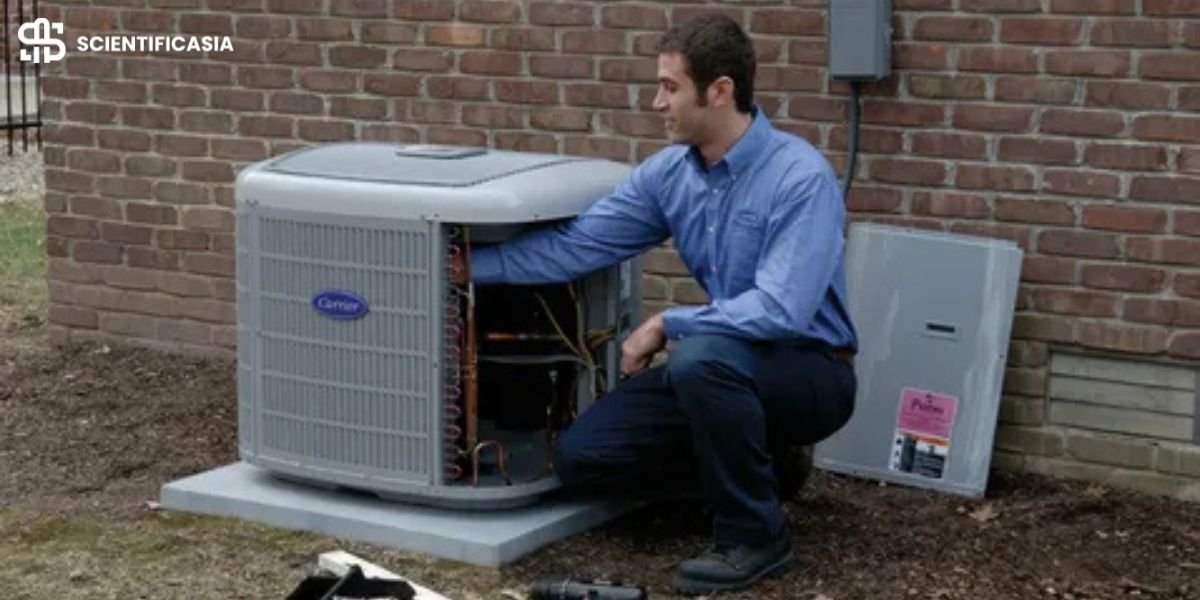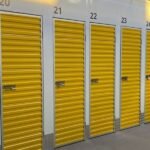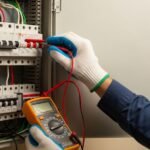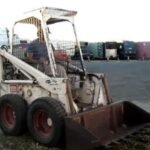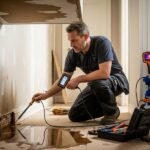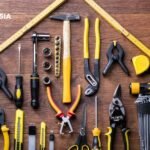Many homeowners focus on their air conditioner’s performance when issues arise, often overlooking one of the most crucial parts of the system: the air ducts. These hidden passages carry conditioned air throughout a home, ensuring every room maintains a consistent temperature. When ducts are damaged, leaking, or improperly designed, they silently undermine the efficiency of even the most advanced AC units. Without addressing air duct issues, you might find yourself scheduling repair after repair, unaware that the real problem lies elsewhere.
We will explore how undetected ductwork faults can drive up repair costs, stress your AC system, and leave your indoor comfort compromised. By understanding these relationships, property owners can make better decisions that reduce long-term expenses and preserve system longevity. Certified AC repair specialists often encounter cases where the root issue isn’t with the unit itself, but rather with duct problems that have been ignored for too long.
How Air Duct Issues Translate into Unnecessary AC Repairs
Air Leaks Cause AC Overload
When ducts develop leaks, whether due to age, poor sealing, rodents, or physical damage, the conditioned air starts escaping into unoccupied areas like attics, basements, or inside walls. This loss forces your AC system to work harder to compensate for the escaping cool air. Essentially, the system cycles longer and more frequently to maintain the desired temperature inside your living space. Over time, this added stress wears down components such as the compressor, blower motor, and coils.
Many homeowners might notice frequent cycling or uneven temperatures and mistakenly assume the AC unit itself is to blame. Instead of addressing the duct leaks, they call in repairs that might only address symptoms. In Tallahassee’s warm climate, where AC systems are already under seasonal pressure, this kind of inefficiency can quickly lead to frequent breakdowns and higher utility bills. Fixing duct leaks early prevents the chain reaction that leads to these avoidable repairs.
Improper Duct Sizing Shortens System Life
The size and layout of ductwork have a direct effect on how efficiently air moves through a home. If the ducts are too small, airflow is restricted, causing the system to push harder, resulting in overheating or icing of evaporator coils. Oversized ducts, on the other hand, reduce air velocity, which impacts air pressure and room comfort. Both scenarios put stress on the system in different ways. Compressors may fail prematurely, or fans may burn out from working overtime.
When the airflow isn’t balanced properly, homeowners might believe the issue lies in the thermostat or AC unit, leading to unnecessary service calls and part replacements. This problem is especially prevalent in older homes or during retrofits, where the ductwork may not match the capacity of newer AC systems. The right approach involves a full inspection of the duct design, but often this is skipped, and the cycle of short-term fixes begins, chipping away at the system’s lifespan.
Clogged or Contaminated Ducts Impact System Performance
Dust, mold, and debris buildup inside ductwork affect air quality and hinder proper airflow. Over time, the airflow restriction creates added resistance, which again causes the blower motor and related components to work harder than necessary. In humid climates like Florida, dirty ducts can also lead to mold growth inside the system, which affects indoor health and system performance simultaneously. Homeowners may hear odd noises, notice a musty smell, or see a decline in airflow from vents and assume the AC unit is to blame.
Technicians might be called out multiple times to inspect or recharge refrigerant or replace filters, but the primary issue is duct contamination. Without a thorough duct cleaning or sanitization, the system never runs as efficiently as it should. Clean ducts ensure smoother operation and prevent many recurring AC issues that result in repair costs and service disruptions throughout the year.
Poor Insulation Raises Repair Frequency
Insulation around air ducts, especially those running through unconditioned spaces like attics or garages, is critical for maintaining temperature consistency. Damaged, thin, or absent insulation causes cool air to heat up before it even reaches your living space. This causes the thermostat to detect warmer-than-expected air, prompting the AC to run longer to cool the home. Over time, such damage not only increases energy consumption but also wears out the cooling components much faster. The compressor and condenser unit undergo more strain, often leading to overheating, breakdowns, and loss of cooling efficiency.
Many people might replace expensive AC parts, thinking the unit has failed, while ignoring the duct insulation that silently caused the problem. In locations like Tallahassee, where attic temperatures soar in the summer, poor duct insulation can create a constant battle between outdoor heat and your cooling system. Reinforcing insulation reduces the strain and cuts down the number of service calls year-round.
Often overlooked, air duct problems significantly contribute to unnecessary air conditioning repairs. From leaks and blockages to poor insulation and design flaws, these issues silently undermine system performance and push the AC unit to work harder than it should. When the true root of a problem remains undetected, homeowners end up paying for multiple service visits, replacing parts that aren’t the real issue, and dealing with ongoing comfort disruptions. By focusing on preventative duct maintenance and ensuring proper airflow, homeowners in Tallahassee and beyond can significantly reduce repair costs, extend system life, and enjoy more consistent indoor comfort throughout the year. Recognizing the connection between duct integrity and AC function is key to smarter, more cost-effective home cooling management.

